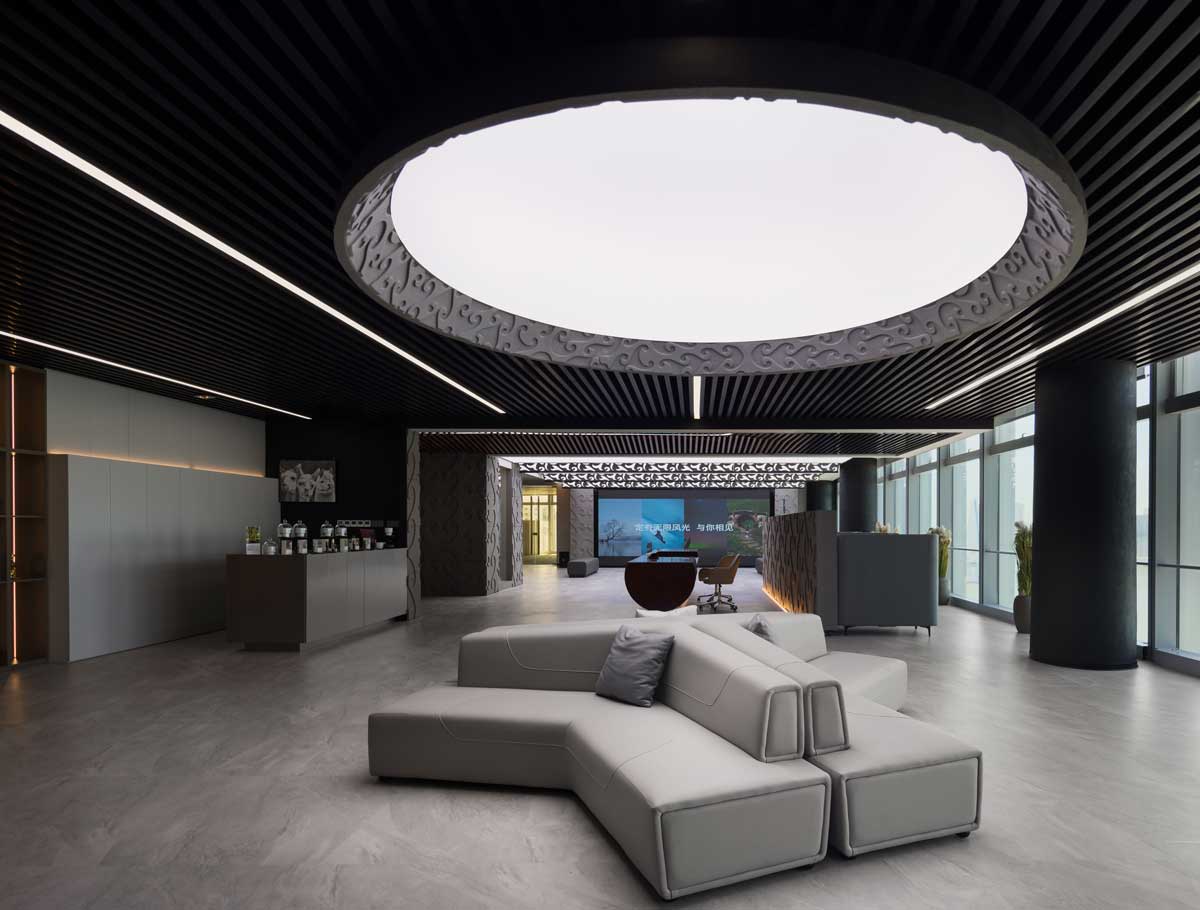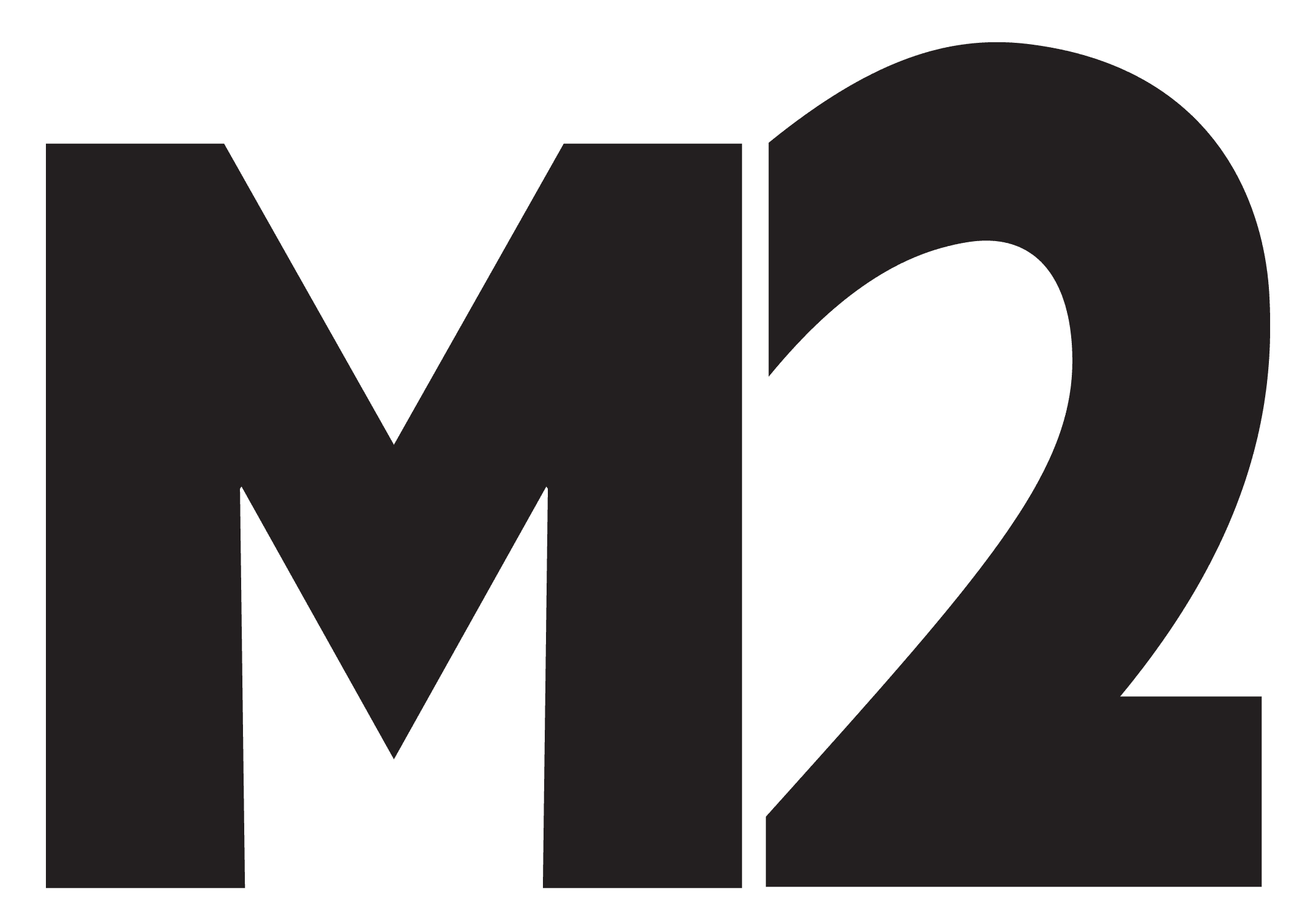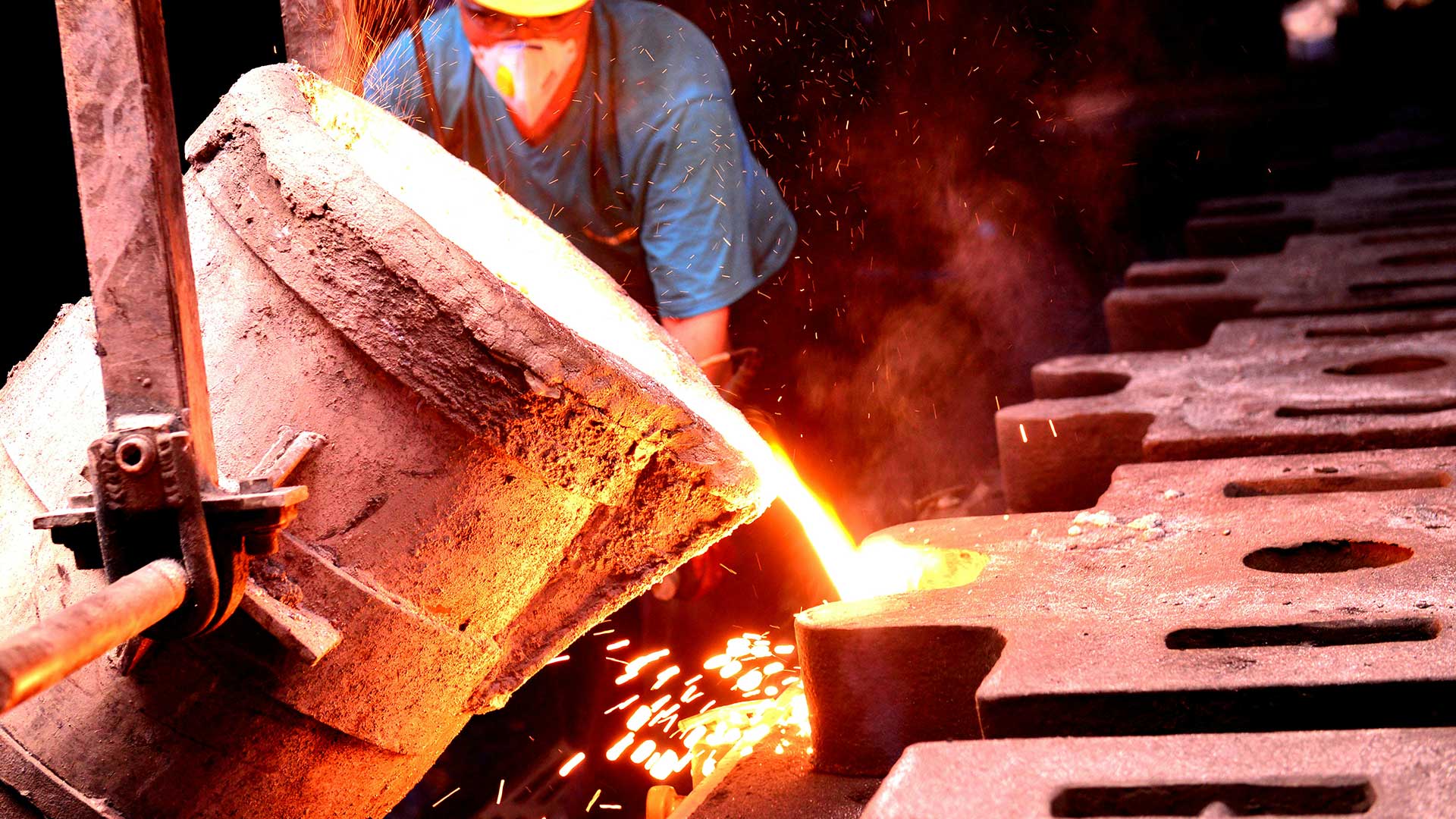Building Bridges: How New Zealand & Australian Steel Buyers Are Scaling
The steel industry is shifting. Costs are rising, margins are tightening, and the businesses that can secure better supply deals are the ones that will come out ahead. But in New Zealand and Australia, most steel buyers are still playing the middleman game: sourcing through local suppliers who are already buying from China and marking up prices by 30–40%.
That’s why a group of forward-thinking steel importers, fabricators, and industry leaders are heading to China this May, in a high-impact trade delegation organised by Unstoppables and the Oceania Center. This isn’t a sightseeing tour or a hand-shaking exercise. It’s about cutting through the noise, securing direct supply agreements, and unlocking investment opportunities that can completely shift the way these businesses operate.
“This is about more than just buying steel at better prices,” says Julio De Laffitte, founder of Unstoppables. “It’s about building relationships that create long-term competitive advantages. The businesses that move first will dominate their industries in the next five to ten years.”
The delegation brings together a powerful mix of industry players. Importers and distributors looking to strengthen supply chains and lower costs. Fabricators and manufacturers needing premium-grade steel at the right price. Construction and infrastructure developers wanting to tighten project margins. Even private investors who recognise that businesses securing better pricing and direct market access will be the ones dominating the industry in the years to come.
And it all comes down to access. Delegates will meet face-to-face with China’s top steel manufacturers, negotiating directly at the source of production in Hebei, China’s steel capital. No brokers, no inflated pricing—just the opportunity to lock in supply deals at factory rates.
But it’s not just about buying steel. This delegation also puts businesses in front of Chinese investors actively looking to back New Zealand and Australian enterprises. For those thinking about expansion—whether it’s increasing volume, scaling operations, or improving cost structures—this is a chance to connect with funding partners who can make that happen.

Then there’s the Oceania Center, a critical resource for businesses wanting to establish a stronger presence in China. Based in Hainan’s Free Trade Zone, the Oceania Center provides facilities, trade assistance, and business support, making it easier for New Zealand and Australian companies to navigate the Chinese market effectively.
“We’ve built the Oceania Center to be a true bridge between New Zealand, Australia, and China,” says Kevin Sun, Chair of the Oceania Center. “It’s not just about trade—it’s about long-term partnerships, market expansion, and giving businesses the support they need to operate in China with confidence.”
For those in the steel industry, the benefits of direct engagement with Chinese suppliers go beyond pricing—it’s about quality control, consistent supply, and maintaining a competitive edge.
“We’re in a global industry now, whether we like it or not,” says Gary Brown, founder of Hatcher Advisory and a steel fabrication business owner. “If you’re not looking at direct supply channels and investment opportunities, you’re already behind. This delegation is about being on the front foot, getting better margins, and making smart strategic moves that will keep businesses competitive for the long term.”
For those making the journey, this is about getting ahead while others hesitate. It’s about securing supply advantages, investment opportunities, and a foothold in one of the world’s most important steel markets. And once those relationships are built, they’re not easily replicated.
With limited space available, this is an opportunity for businesses that see the bigger picture and are ready to take control of their future. The question is, who will be leading the industry in the next five years—and who will be trying to catch up?

